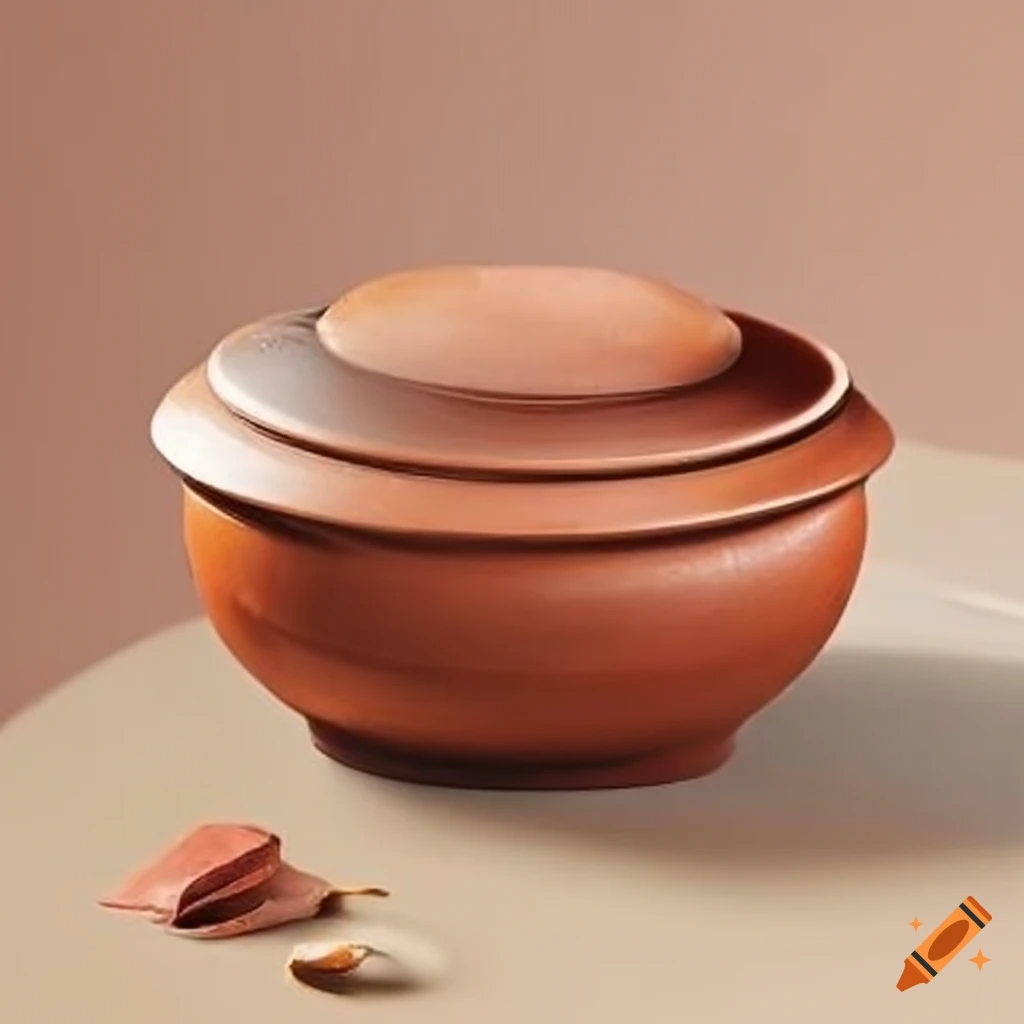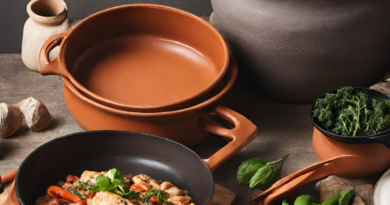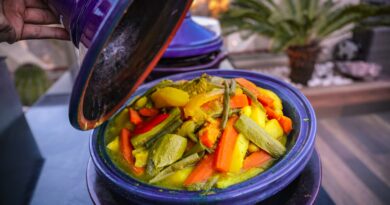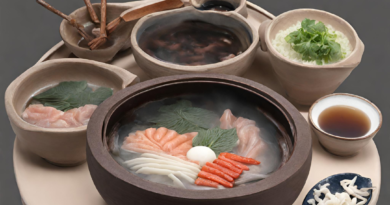Why Cook with Clay Pots? (Answered)
Cooking is not just a necessity; it’s an art form that transcends generations and cultures. In the modern kitchen, where stainless steel, non-stick, and cast iron cookware dominate, there’s a humble yet extraordinary culinary tool that’s been used for centuries – the clay pot.
Cooking with clay pots is not merely a cooking technique; it’s a cultural tradition that has stood the test of time. In this article, we’ll delve into the reasons why cooking with clay pots is more than a trend – it’s a time-honored practice that can transform your culinary experience.
The Advantages of Clay Pots
Why choose clay pots over the shiny, modern cookware lining the shelves of kitchen stores? The answer lies in the unique advantages that clay pots offer:
1. Exceptional Heat Distribution
Clay pots are renowned for their ability to distribute heat evenly and gently. Unlike metal cookware, which can create hot spots leading to uneven cooking, clay pots maintain a consistent temperature throughout the cooking process. This results in perfectly cooked dishes, where flavors meld harmoniously.
2. Flavor Enhancement
One of the most remarkable qualities of clay pots is their ability to enhance the flavor of food. As the porous clay absorbs moisture during cooking, it creates a natural steam within the pot. This steam continually bathes the ingredients, infusing them with rich, deep flavors and enticing aromas. The porous surface of clay also allows for slow and steady evaporation, concentrating the flavors and resulting in exceptionally flavorful dishes.
3. Retention of Nutrients
Clay pots are celebrated for their ability to retain nutrients in the food. The gentle cooking process, combined with the sealed environment created by the lid, ensures that essential vitamins and minerals are preserved. This means healthier meals without compromising on taste.
4. Reduced Oil Usage
Cooking with clay pots often requires less oil or fat. The natural moisture retention and even heat distribution minimize the need for excessive oil, making your meals not only healthier but also less greasy.
5. Versatility
Clay pots are incredibly versatile. They can be used for a wide range of dishes, from slow-cooked stews and braises to rice dishes, soups, and even bread. Many traditional cuisines worldwide feature signature clay pot recipes, each celebrated for its unique blend of flavors and textures.
The Art of Clay Pot Cooking
Cooking with clay pots involves a unique set of techniques and considerations that contribute to its appeal. Here are some essential aspects to keep in mind:
Seasoning Your Clay Pot:
Before using a new clay pot, it’s essential to season it. This process involves soaking the pot in water for several hours or even overnight. Afterward, coat the interior with cooking oil or fat, such as vegetable oil or lard. Place the pot in a low-temperature oven for a few hours. This seasoning process seals any microscopic pores in the clay, preventing it from cracking during use and ensuring your pot is ready for cooking.
Understanding Cooking Temperatures:
Clay pots are excellent at retaining heat, so it’s important to adjust your cooking temperature accordingly. Start cooking in a cold oven or over a low flame to avoid thermal shock. Clay pots work best with low to medium heat settings. Avoid drastic temperature changes, such as transferring a hot pot to a cold surface, as this can lead to cracking.
Soaking the Pot:
For optimal moisture retention and flavor infusion, it’s a good practice to soak your clay pot before use. Soaking the pot in water for 15-30 minutes before cooking helps create the necessary steam within the pot.
Choosing the Right Recipe:
Clay pots excel in recipes that benefit from slow, gentle cooking. Consider dishes like braised meats, stews, curries, and rice-based recipes. The porous clay will enhance the flavor and texture of these dishes, making them truly memorable.
Conclusion: A Return to Timeless Cooking Wisdom
In the fast-paced world of modern cooking, it’s easy to forget the timeless traditions that have been perfected over centuries. Cooking with clay pots is a practice that not only connects us to our culinary heritage but also enhances our cooking experience. The advantages of even heat distribution, flavor enhancement, nutrient retention, and reduced oil usage make clay pots a valuable addition to any kitchen.
So, the next time you embark on a culinary adventure, consider reaching for a clay pot. Allow its ancient wisdom to guide your cooking, infusing your dishes with flavors that transcend time and trends. Clay pot cooking is not just about making a meal; it’s about creating a culinary masterpiece that celebrates tradition and innovation on every plate.



